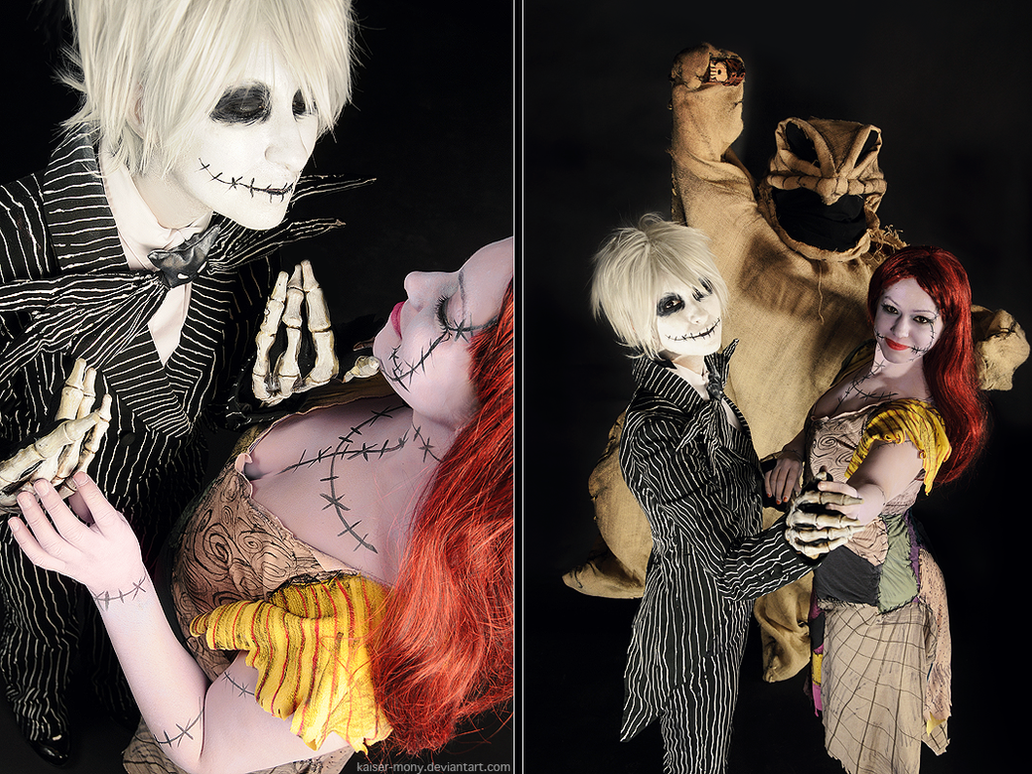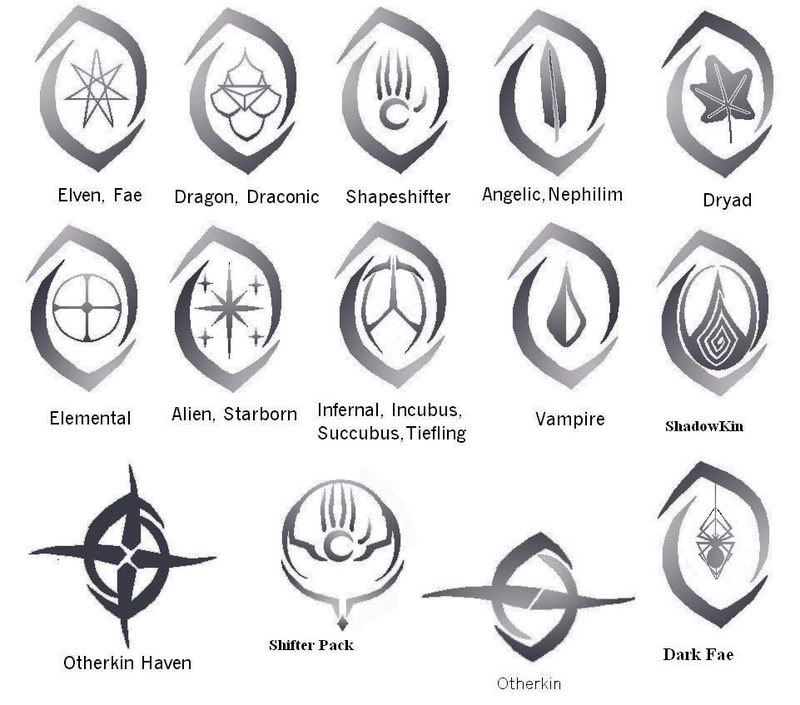The range of subcultures and of known subcultures has grown substantially throughout the 20th and 21st centuries.
Some of the most well known subcultures include:
- Punk
- Goth
- Grunge
- Emo
- Hipster
- Hippie
- Straight Edge
However, there are also a number of other subcultures that originated more recently, due to modern TV shows, literature or internet 'fandoms'. These are more obscure with less members. Here are some recently developed subcultures:
- Cosplayers
- Otaku
- Otherkin
Two of the above subcultures have their main roots in Japan - Otaku and Cosplay, as both are based around a form of Japanese entertainment, called anime. These subcultures, especially Cosplay, have gotten more and more recognition in the Western world recently - there are even conventions and meet-ups for members of these subcultures.
The Otherkin subculture is again more obscure. Otherkin are a portion of the population that believe that they are not entirely human. This is an umbrella subculture, meaning that there are many smaller subcultures within it, such as people who believe they are vampires, or people who believe that they have supernatural powers.
 |
| Grunge style, made popular in the 1990s. This style is coming back into fashion, especially on runways. |
 |
| Emo subculture hairstyle and makeup. |
 |
| This is an example of the Deathrock style, a darker version of Punk. |
 |
| Punk subculture - note the hair and the customised denim jackets. |
 |
| Cosplayers dressing up as two characters from The Nightmare Before Christmas, a movie by Tim Burton. |
 |
| Different branches of the subculture of Otherkin; there are not many pictures of Otherkin on the internet because it is a relatively new subculture. |
Sources: http://www.otherkin.net/index.html, http://usmodernculture.wikia.com/wiki/List_of_subcultures
http://th07.deviantart.net/fs70/PRE/f/2012/269/3/3/jack_skellington_cosplay_by_kaiser_mony-d47t9o5.png
http://i95.photobucket.com/albums/l150/OrthaeVelve/Sigils%20and%20Symbols%20I%20designed/otherkinsigils.jpg